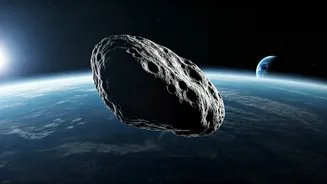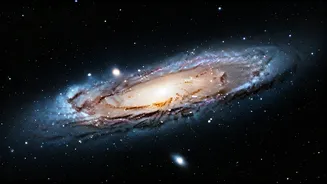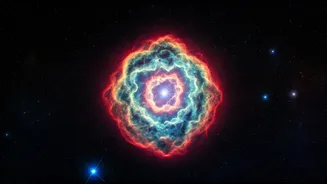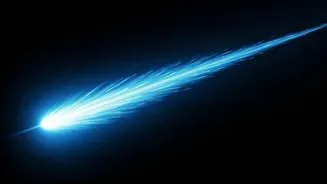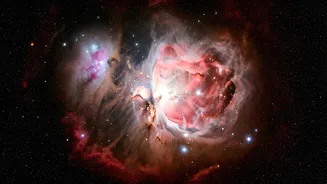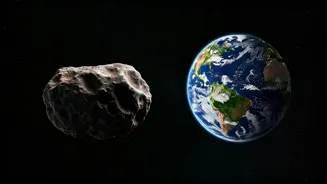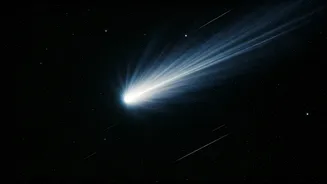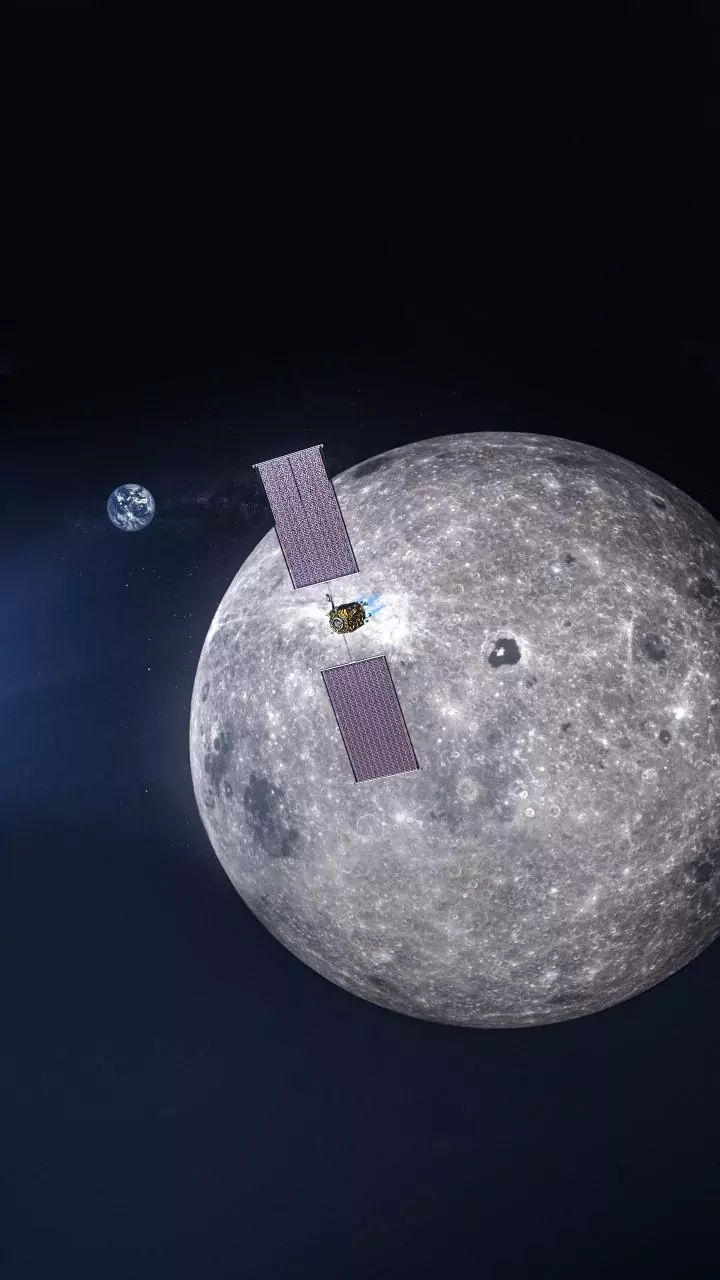A Cosmic Companion
The existence of 2025 PN7, a newly acknowledged celestial body, presents an exciting opportunity for the field of space exploration. It is classified as a quasi-moon,
orbiting the Sun at a comparable rate to Earth, and it has maintained a close relationship with our planet for approximately 60 years. While not gravitationally bound to Earth like our primary moon, this asteroid mirrors our orbital path, resulting in it appearing to travel alongside us in space. Its dimensions are quite modest, spanning a width of 18 to 36 meters, which roughly matches the height of a small building. Despite its small size, it has sparked considerable interest among scientists, offering a unique chance to study objects in close proximity to Earth and to test future space mission concepts. This is especially true given that it is projected to continue its journey with Earth until the year 2083, after which it will venture out on its own.
Quasi-Moon Dynamics
Understanding the orbit of 2025 PN7 is crucial to grasping its unique relationship with Earth. The asteroid does not orbit Earth directly; instead, it follows a similar path around the Sun, resulting in its 'quasi-moon' classification. This means that, from our perspective, 2025 PN7 appears to travel alongside Earth, sometimes preceding or trailing us slightly. Astronomers at the University of Hawaii, using the Pan-STARRS1 telescope, made the discovery of 2025 PN7 in August 2025. By analyzing historical astronomical data, scientists traced the asteroid's presence back to 1957, indicating a long-standing orbital relationship with Earth. Despite its relative proximity, at its closest approach, 2025 PN7 remains about 2.5 million miles away, approximately ten times the distance of our Moon. The asteroid's orbital characteristics make it an intriguing subject for study, offering insight into celestial mechanics.
Scientific Significance
The discovery of 2025 PN7 has significant scientific implications, offering a fresh perspective on the study of near-Earth objects. According to NASA, this celestial body does not pose any danger to Earth, thereby providing an ideal scenario for conducting research and potentially pioneering unmanned space missions. Expert Carlos de la Fuente Marcos suggests that nearby asteroids like 2025 PN7 could serve as essential testing grounds for future missions. The ability to study 2025 PN7 provides insight into how asteroids interact with Earth's orbit and potentially what risks they pose, along with a better understanding of how the asteroid has maintained its orbital path for several decades. This presents an opportunity to develop new technologies and refine strategies for space exploration, potentially leading to a better understanding of the universe.
